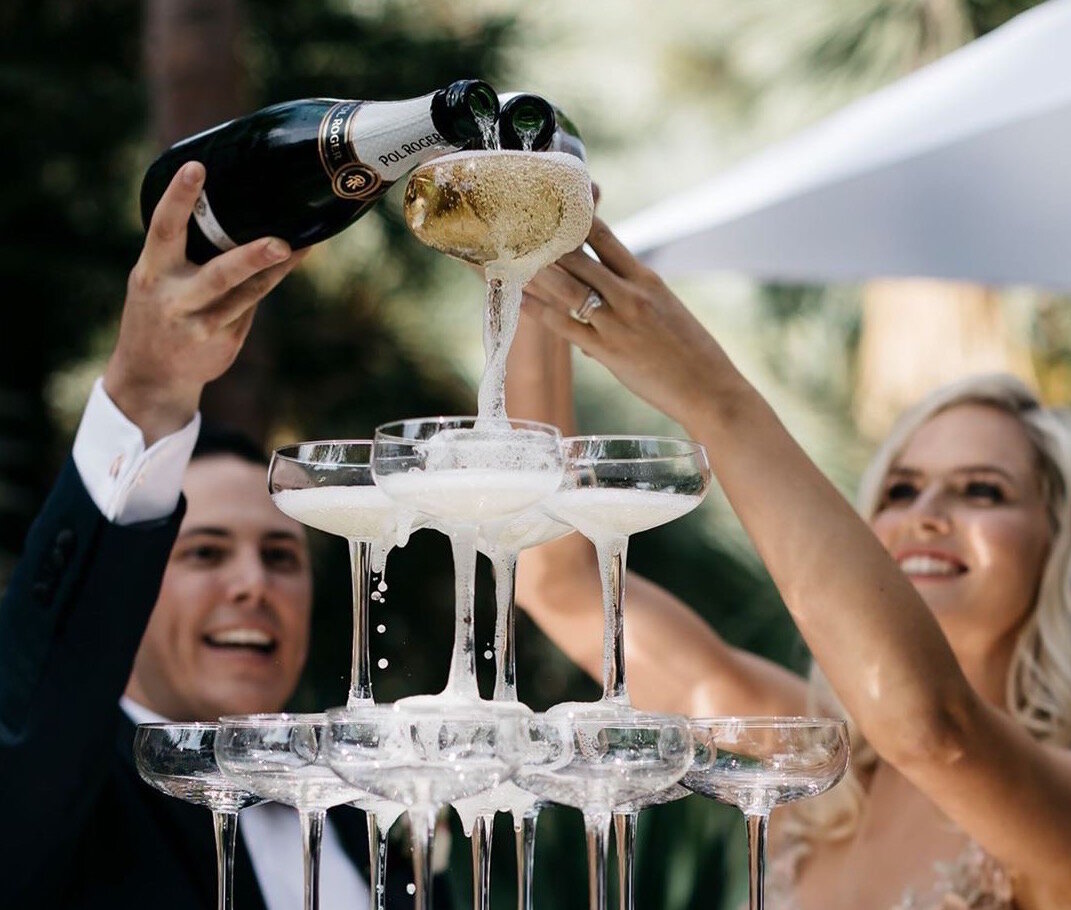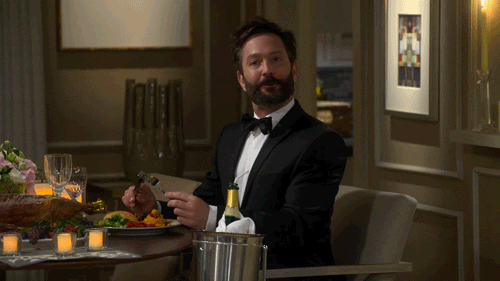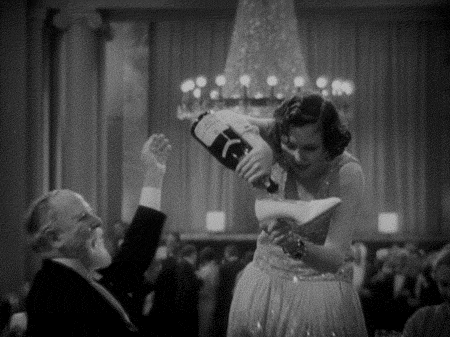Your Guide to Sparkling Wine
If you’re anything like me (and I’m guessing a good portion of Australia), your favourite Champagne is “in a glass” and that’s about the extent of it. But my friends, there is much to learn; this fizzy little number has inspired cultures and has regions dedicated to it. It’s the drink of choice when celebrating special occasions like weddings, birthdays and sometimes when you’re feeling FANCY at home alone in your robe. So doesn’t it deserve our interest, our curiosity and our willingness to know exactly what the f**k we’re ordering at the bar?
Let’s start at the beginning.
The first recorded sparkling wine was in 1531 by Benedictine Monks in Carcassonne, France. These juiced up Monks had invented the first fermentation process with the second sugary fermentation invented over a century later by an English Scientist and Doctor, Christopher Merret.
Uncommon to most other wines, this additional fermentation actually occurs inside the bottle. As you could imagine usual wine bottles couldn’t handle the pressure of this final fermentation stage and would often explode. So stronger bottles and the muselet (wire cage that holds the cork) were invented.
What’s in a name, everything … apparently?
The name Champagne is strictly used for sparkling wine where its grapes have been grown in the region of Champagne, France and in 1891 this became law. A PR stroke of genius, gave this region, notoriety and exclusivity second to none. So sparkling wine is made throughout the world but Champagne is solely from that specific region of France.
So don’t be that guy who orders Champagne at the bar and ends up with a $30 glass when all you wanted was an el’cheapo house bubbles.
Enough about history, let’s take a deep dive into this bubbly beverage. Here are some key names you will most definitely come across when raising that pinkie.
Champagne
Strictly comes from the region of Champagne in France and uses a combination of chardonnay, pinot noir, and pinot meuniere grape varieties. Not usually sweet but fruity in flavour with tiny dancing bubbles. Moet & Chandon and Dom Perignon are growers of this region.
Prosecco
This modern favourite comes in both still and sparkling varieties with the sparkling being the most popular. It comes from the town of Prosecco in Italy. It sits on the sweeter side of the scale with larger bubbles making it perfect for cocktails … Bellini anyone?
Cava
This is the Spanish version of Champagne, in fact it used to be called “Spanish Champagne” until of course the Champagne law came into affect. It’s less sweet than Prosecco with a zesty flavour and is also great for cocktails and for cooking with.
Crémant
This sparkling wine is very similar to Champagne and made the same way just with gapes from outside the Champagne region. The flavour of Crémant can vary depending on the types of grapes used but usually has a nutty and creamy flavour that’s not too sweet.
Sparkling Wine Dryness Levels
When wandering through the aisle of your local BottleO you may have stumbled across words like “Brut” or “Dry” on the labels of some sparkling wine. You may know that you do prefer a Brut sparkling but also have no idea what that actually means … Well, let’s blow some minds!!
These terms are actually measurements of the residual sugars left in the wine and refer to the dryness of each variety.
Extra Brut
The driest of all sparkling wine is Extra Brut. During the last fermentation stage all or most of the residual sugar has been eaten by the yeast. Most common variety is Cava.
Brut
The second driest and most common variety is Brut. You’ll recognise the slight sweetness on your palate. Champagne is commonly classed as a Brut variety and naturally it pairs best with cheese.
Extra Dry
Not as dry as the first two varieties but certainly not classed as sweet but noticeably sweeter than the Brut or Extra Brut. Most commonly Prosecco is classed as an Extra Dry variety and pairs best with appetizers; Prosciutto, cream sauces and potato chips.
Demi-Sec
The sweetest variety of sparkling wines though not a common one. Usually enjoyed with dessert, it has a noticeably sweet taste and pairs well with dark chocolate.
Other Terms you’ll come across
NV
Non-Vintage, this means that the grapes of this wine have not come from the same harvest. This is very common in sparkling wine, as the flavour of the wine is the priority over the year of the harvest. Many different harvests will be used to create that signature sparkling wine taste.
Cuvée
Its most common meaning is to blend, therefore a mixed variety of grapes have been used to make this sparkling wine. It also means first-pressed or best juice and the word implies prestige, however, the use of the word cuvée is not restricted so it can be used on a label of average quality wine.
Well there you have it, a brief run down and guide through the magical world of sparkling wine. Whether you’re enjoying it by the glass, shoe or bucket, your sophistication and knowledge of this effervescent classic will now impress your harshest critics.
Feature Photo: Katie Harmsworth





